
During the Cold War many countries had agencies set up under the premise to protect their state and gather intelligence whether of foreign nature or domestic. The CIA and KGB were the main agencies on the two sides of the ideological coin but neither seemed as effective or repressive as East Germany’s Ministerium für Staatssicherheit (Ministry for State Security), colloquially known as the Stasi. The Stasi was known for its widespread spying on the population of East Germany and turning family members into informants against relatives.
In addition to spying, escape attempts from East into West were thoroughly documented in written reports and in photographs — often restaged with participation by the actual escapee after they were caught.
The German photographer Arwed Messmer has a new book from Hatje Cantz called Reenactments MfS which gathers a “collage” of this evidentiary material from those escape attempts from among the hundreds of thousands of documents he found in an archive held by the Federal Commissioner for the Stasi Records. TIME LightBox spoke with Arwed Messmer about his project and the complicated nature of photography as a “witness” for State repression.
TIME LightBox: Your new book Reenactment MfS presents images from the Ministerium für Staatssicherheit, MfS (commonly referred to as Stasi) archives. How did you access these files and documents? Are they open for anyone to access?
Arwed Messmer: It is possible to access the archive for research or journalism, and this was the basis for my artistic research there. Basically, anyone who can properly justify research interests is given access to the files. Protecting victims is a high priority, and all the files I wanted to see were first checked and names made anonymous. This was the case for both photos and text.
TIME LightBox: You mention the book is a ‘collage.’ Can you write a little about this approach?
Arwed Messmer: Maybe collage is a little confusing in this context. What I mean is that I combine very heterogeneous images using my own aesthetic criteria and assessments of messages and content.
A lot of people are interested in the time of a divided Germany but you have made several books inspired by the subject, some with coauthor Annett Groeschner (The Other View: the Early Berlin Wall, Berlin Fruchtstrasse on March 27, 1952). For you, what is the attraction to this subject and time?
I have always been interested in recent German history, but I never once considered becoming a historian. I moved to Berlin in late 1991, and since then my interest in history has become more and more present in my photo projects. In 1994 and 1995 I worked on the Potsdamer Platz, Anno Zero (Potsdamer Platz, Year Zero) project, which took a look at the great physical gap right in the center of Berlin, after the Wall had come down but before new developments had been built. For that project I was awarded the Otto Steinert Prize by the German Society for Photography in 1996.
TIME LightBox: You are old enough to have experienced East Germany first hand. Did you ever live or have family that lived in the East during the time of the Berlin Wall?
Arwed Messmer: We had relatives in East Germany and visited them frequently. But I grew up in the south-west of West Germany, and from that perspective East Germany was not significant. We looked rather to Switzerland, France, or Italy.
The nature of photographs is that they mutely show facts but they often lack any context with reality. So as ‘documents’ of proof they are not very reliable, especially since many of the images you have chosen are reenactments of ‘crimes.’ What purpose do you think they actually served for the state?
Many of these pictures were surely made within the kind of standard crime investigation routine you can find all over the world. In these reenactments I suspect that the East German authorities wanted to at least keep up the semblance of the rule of law, by giving state prosecutors visual evidence, even if a later trial verdict was already pretty certain at the time of arrest.
TIME LightBox: Aside from the pretense of evidence, do you think that these photographs might also have been made with the intention to humiliate the people who were caught?
Arwed Messmer: I would say that the humiliation caused by this form of documentation was more like collateral damage, and that it was accepted as simply part of the process. Of course when I saw these photos of families for the first time I was reminded of Abu Ghraib.
TIME LightBox: By leaving off captions to the individual photographs (except in an index that appears in a small booklet separate from the main book) and re-contextualizing the images, you are leaving the viewer to do a lot of guessing as to what they are looking at and how the images relate to one another in the sequence. I am reminded a bit of Larry Sultan and Mike Mandel’s book from the 1970s, Evidence, which represented images from science and industrial archives. Can you tell us about how you chose the images and then constructed the sequence for the book?
Arwed Messmer: A reference to Evidence makes sense, since I use archive images whose provenance is not clear, and often remains unclear. In Reenactment MfS my theme is much more closely defined, compared to Evidence. Here I deliberately concentrated on only one specific issue—escape attempts across the Berlin Wall. This was a way of managing the mass of material I found in the Stasi archives, and also of staying focused. A key decision was to separate the images from any explanation of their content. With classic captions these images would be ‘read’ very differently. Recontextualizing them by using the booklet is an active process, and it has to be a bit like work.
TIME LightBox: Your own photographs appear throughout the book and they often could be mistaken as Stasi archive photographs. Can you write a little about including your own photographs made in specific places around Berlin and the ‘Revisited Places’ series?
Arwed Messmer: If you look closely, it is easy to see that the ‘Revisited Places’ series is not based on Stasi material. I was not aiming to set some kind of pictorial counterpoint here, so the series was intended to blend in well with the whole book. I would say that there is less clarity as to provenance in all the photos of objects and crime-scene exhibits, so that it is not always immediately clear what was photographed by me in 2014, and what was photographed by the Stasi and then I later manipulated and used freely. By freely used I mean both technically and in terms of contents. There is no certainty here, but some of the ambiguity can be clarified when using the appendix, above all the false links that viewers make when looking at these images.
TIME LightBox: For future projects, do you foresee these archives continuing to be a part of your work?
Arwed Messmer: For two months now, I have been working on a new project about the Red Army Faction, one of former West Germany’s great traumatic events. The nucleus of this project is one single photograph from a police archive. The aim is again to take today’s viewpoint and use a mix of found images, processed or manipulated images, and new images of my own. I want to take a look at this subject through the (pictorial) perspective of the state under threat at the time. I have received a scholarship, and so should be able to concentrate on this project in 2015.
I expect to be busy in the archives for some while. I do not want to develop one unified approach, even if I will always have my own personal preferences. Every object or photograph I find, every theme, has to have its own appropriate form and approach. In addition to this RAF project I am also working together with the writer Annett Gröschner on a new project based on a large collection of photographs made for urban planning purposes in Berlin in the 1960s. But considerable financial resources will be needed to be able to properly research and process this material, and to produce an exhibition and high-quality book.
TIME LightBox: Many of your projects exist as both books and exhibitions. Is one more important to you than the other? When you are working on something new, are you imagining it already as a book, and if so, does that influence the way the project evolves?
Arwed Messmer: The books are always more important for me than the exhibition. “The Other View” as well as “Reenactment MfS” developed as books first. So, I would say I am a “book photographer”, not a “wall photographer”. I guess to be focused on the book, makes a difference.
Translation from German to English by Greg Bond.
Reenactment MfS by Arwed Messmer is published by Hatje Cantz.
Read next: Secret Nazi Hideout Believed Found in Argentina
Listen to the most important stories of the day.
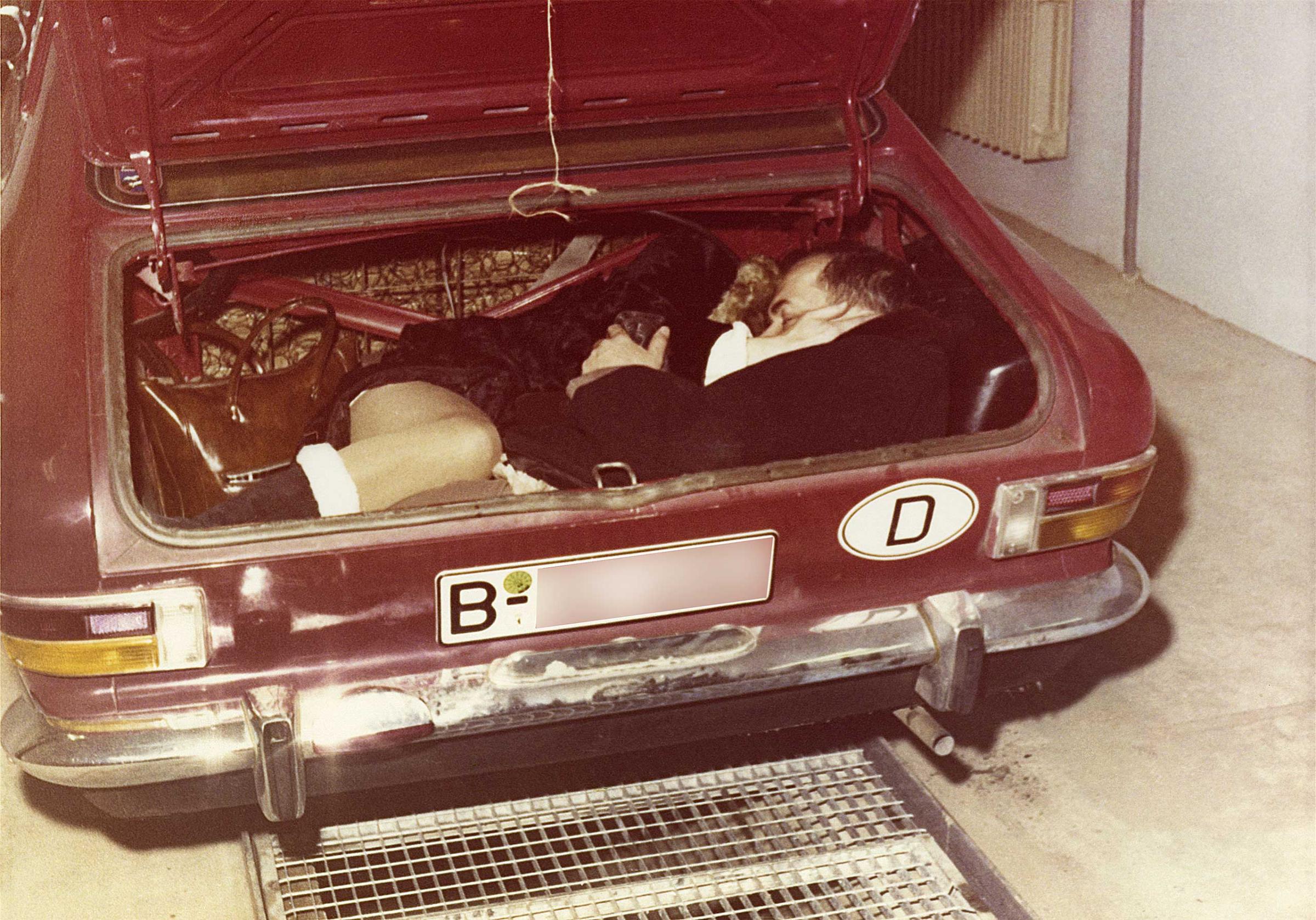
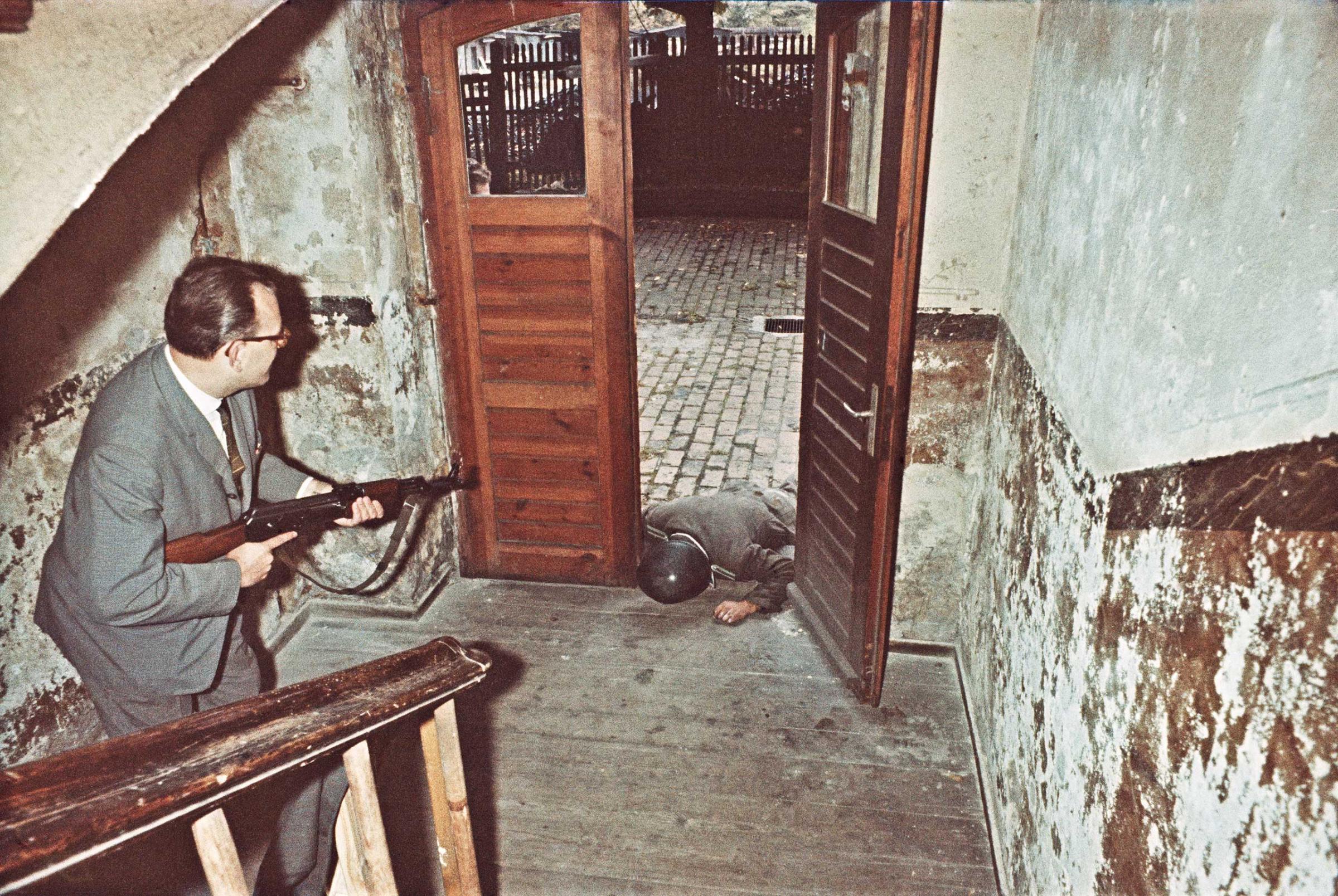
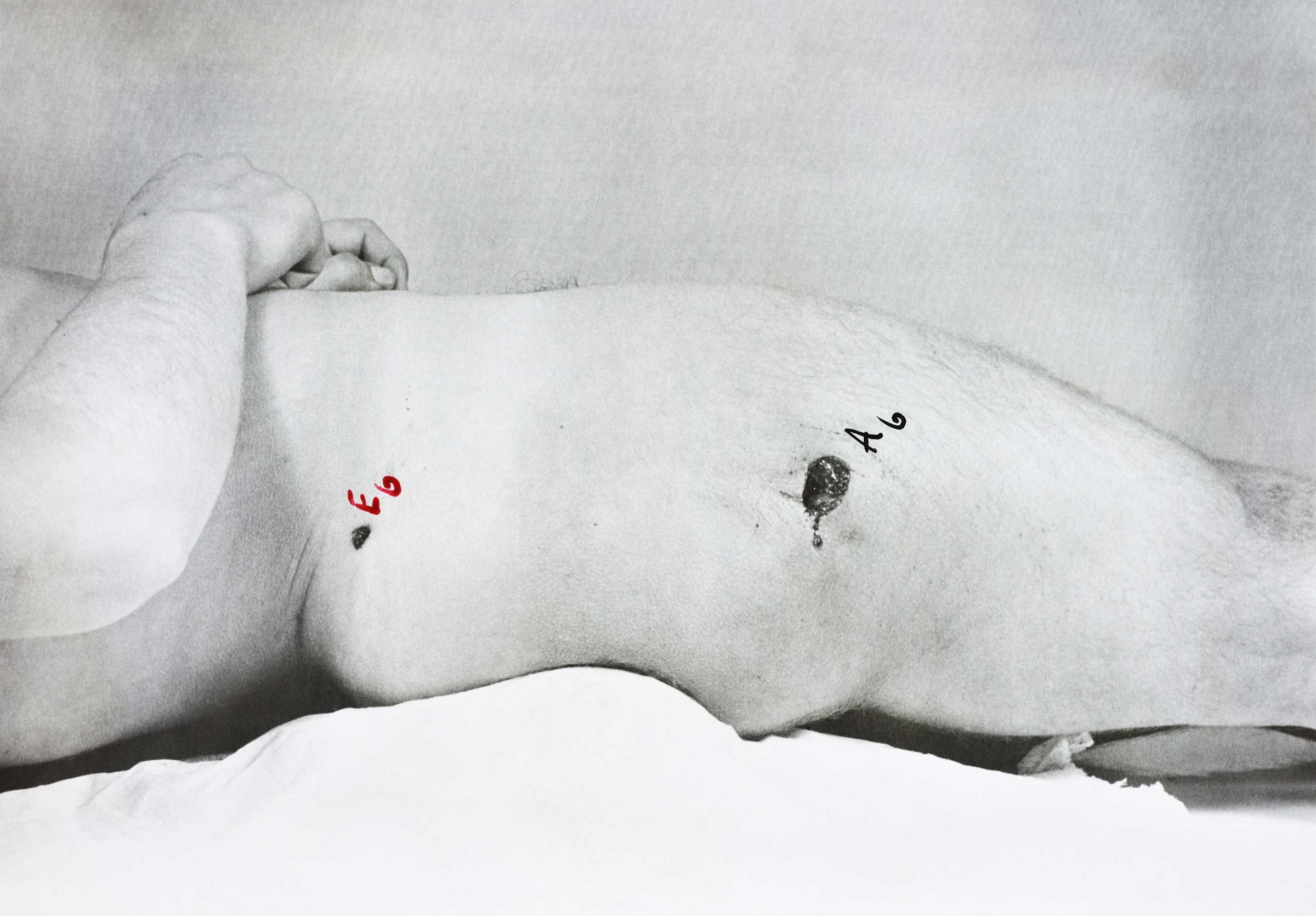
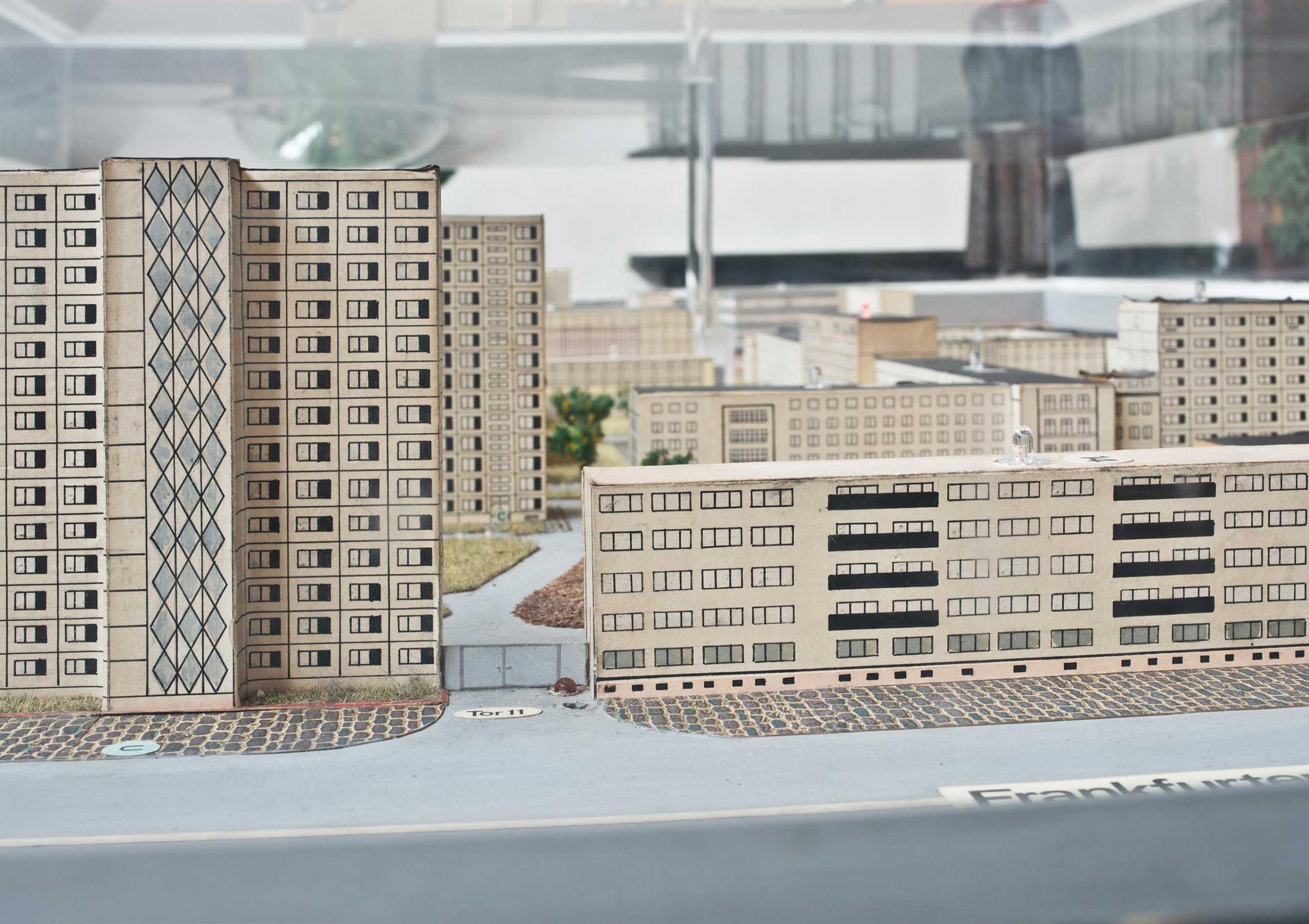


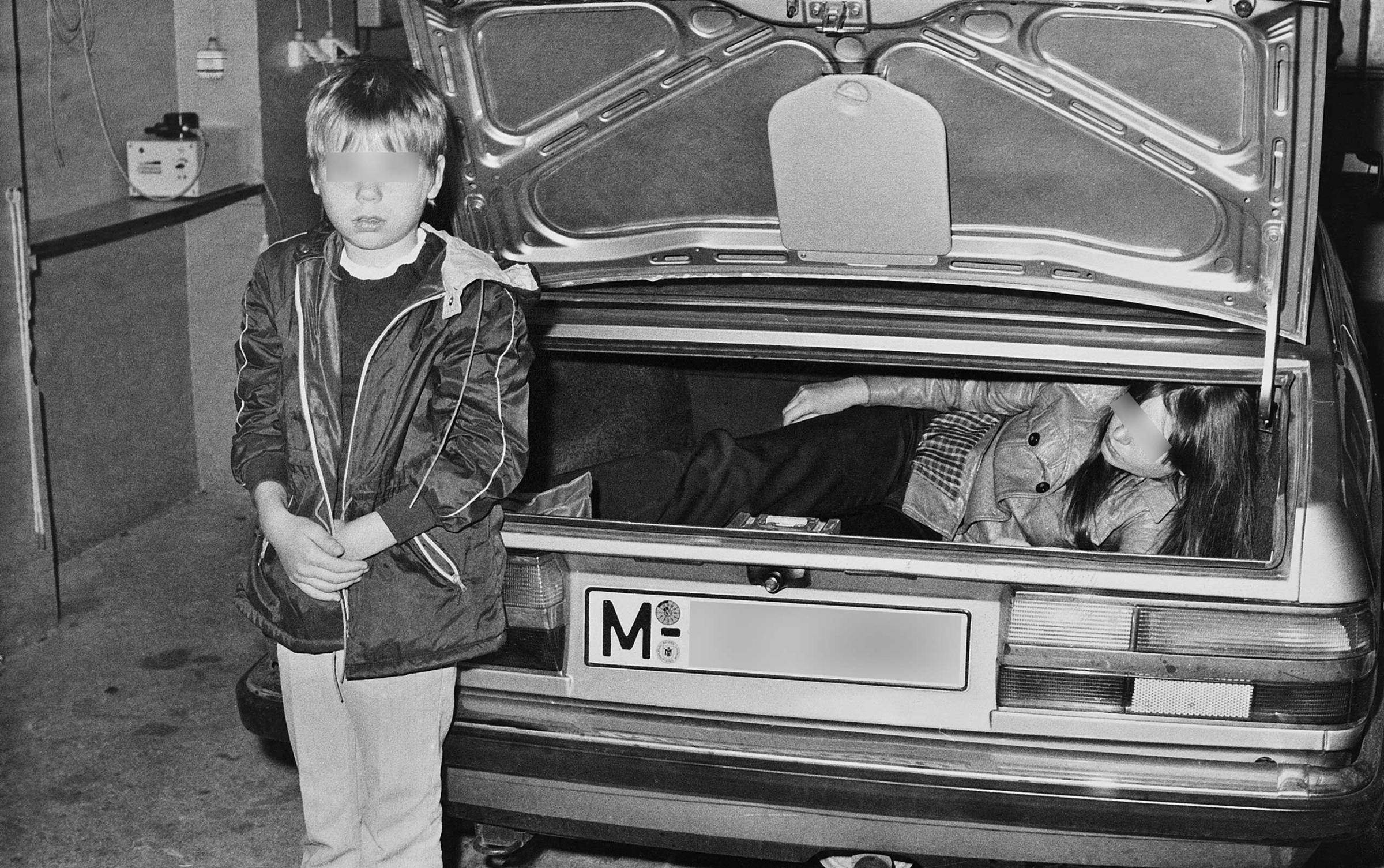
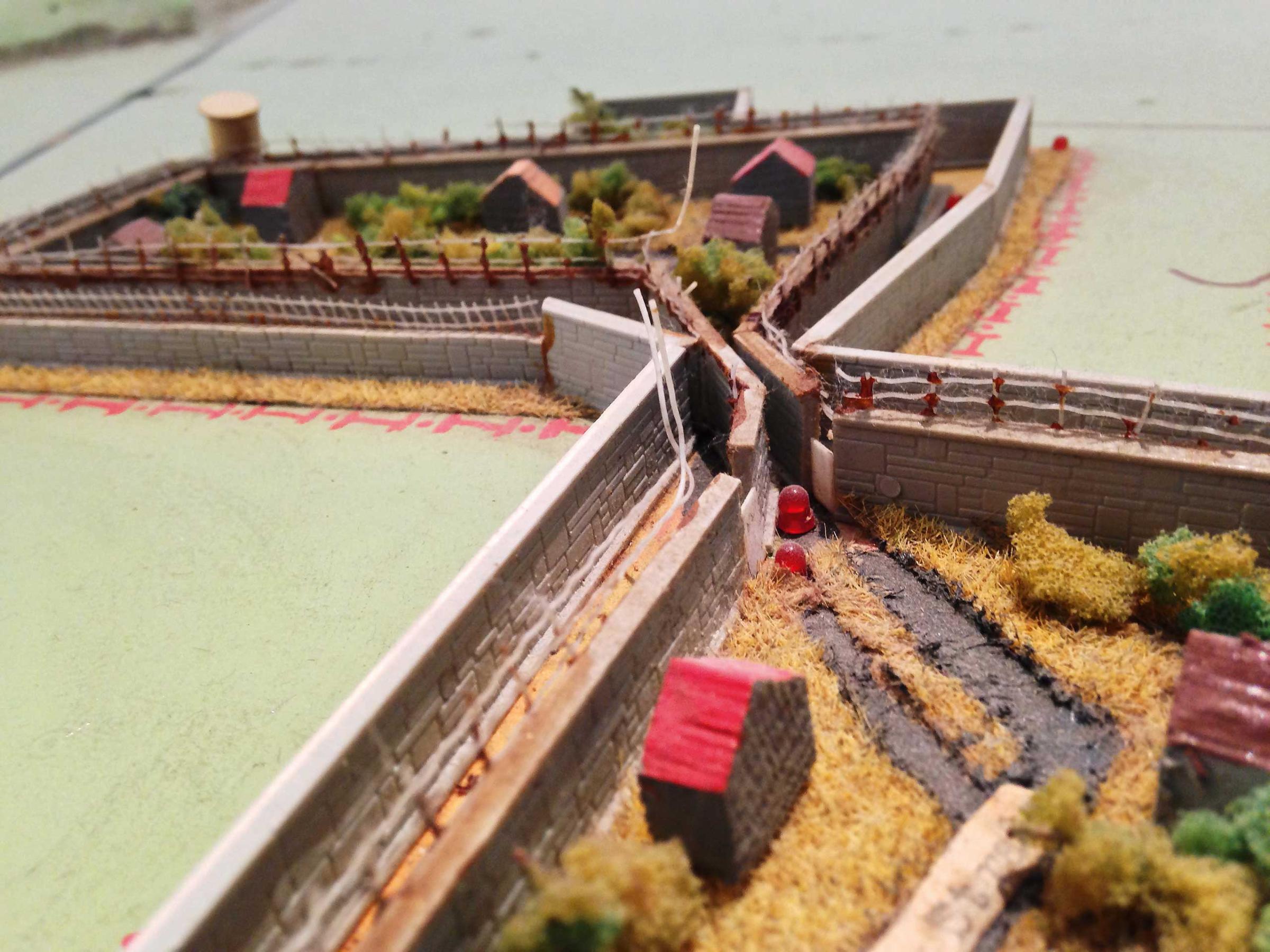
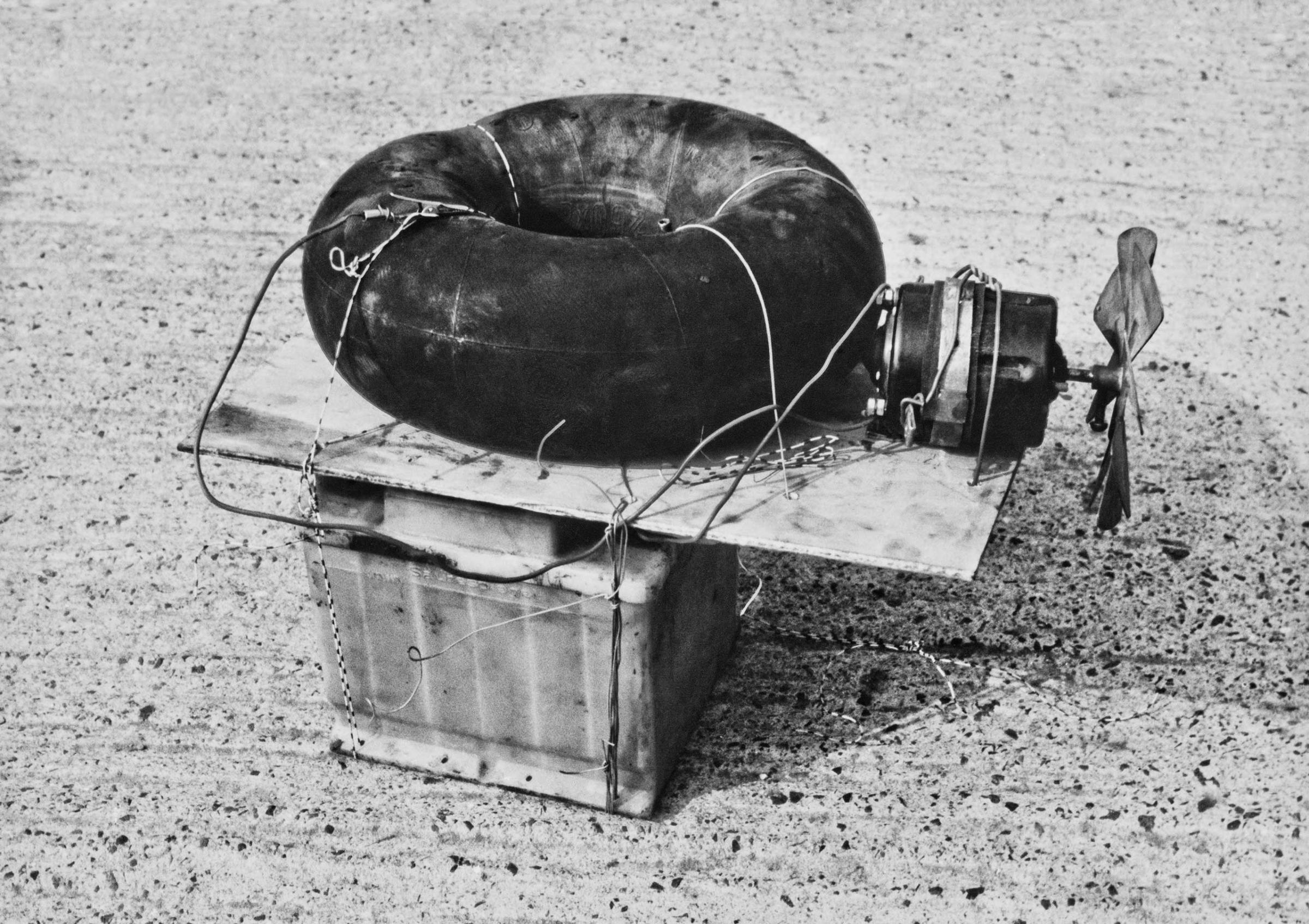



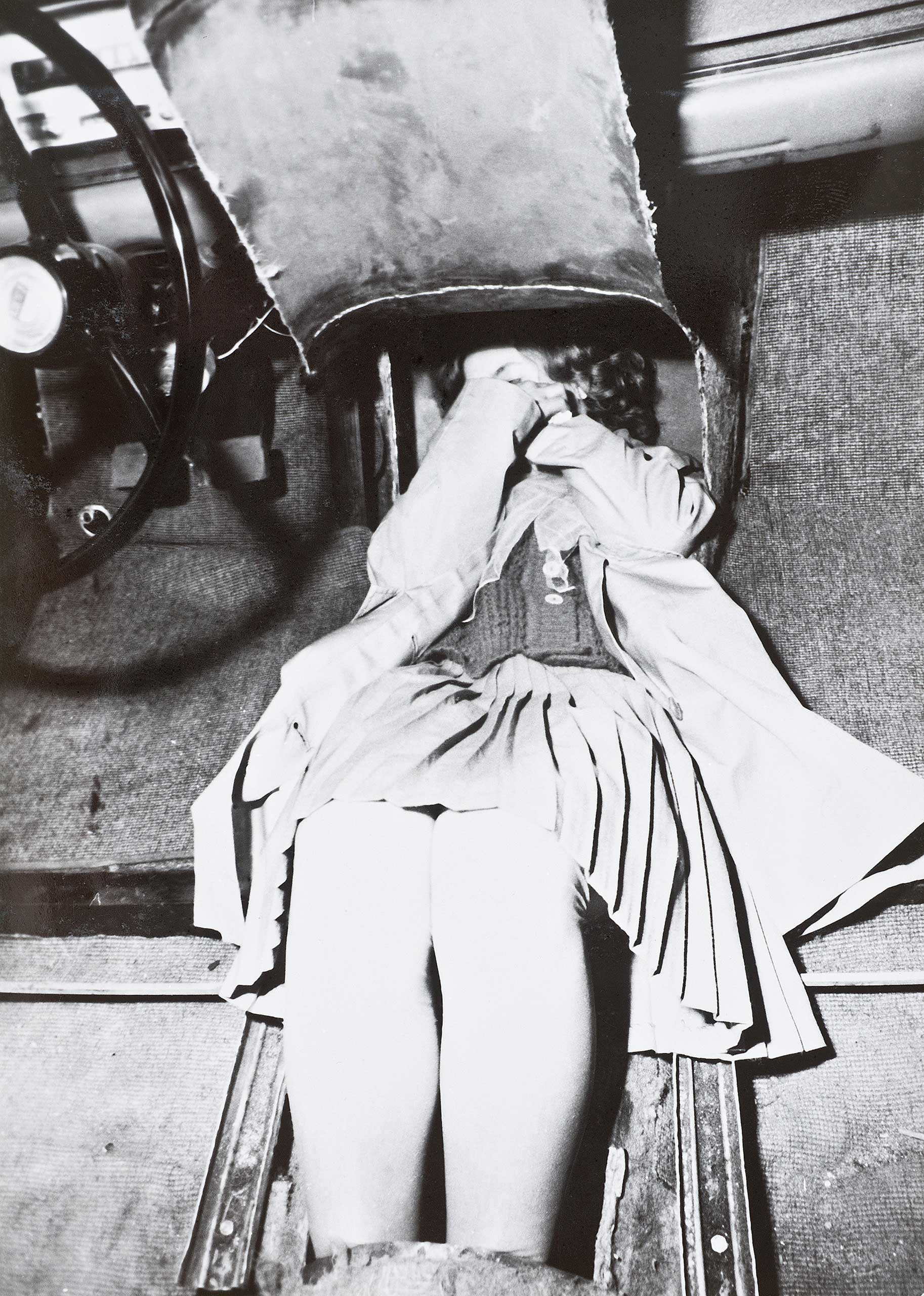

More Must-Reads from TIME
- Donald Trump Is TIME's 2024 Person of the Year
- Why We Chose Trump as Person of the Year
- Is Intermittent Fasting Good or Bad for You?
- The 100 Must-Read Books of 2024
- The 20 Best Christmas TV Episodes
- Column: If Optimism Feels Ridiculous Now, Try Hope
- The Future of Climate Action Is Trade Policy
- Merle Bombardieri Is Helping People Make the Baby Decision
Contact us at letters@time.com